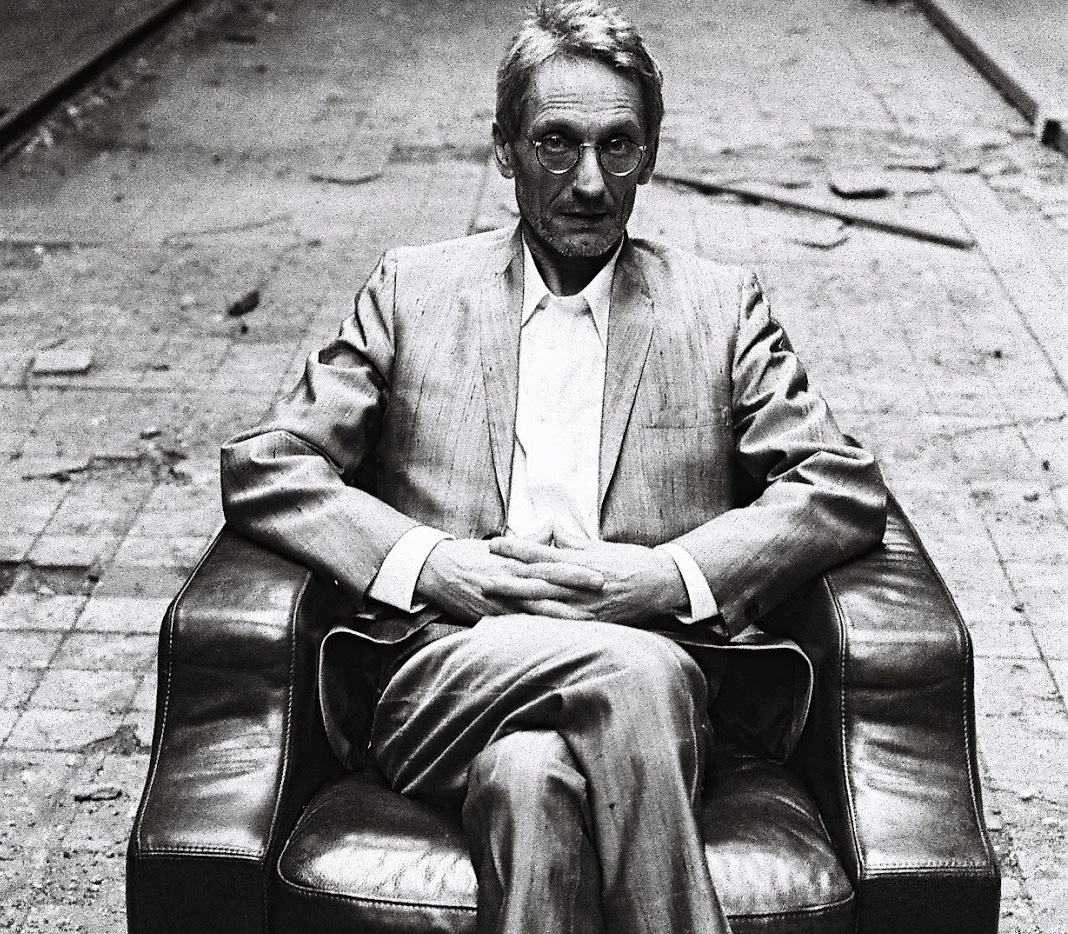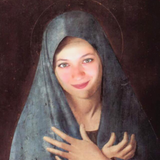What do you look for when you're making music?
MG: It depends on the music. I started with classical guitar when I was a child. I had a very good teacher, one of my biggest influences, and she really taught me to look for the sound. I had to play one note for an hour and I didn't understand this when I was very young, but in the end I learned a lot; it gave me a feeling of the instrument, a way to listen to a sound. I still love the sound of the guitar.
Of course, I was interested in popular music - how this music was done, how it was produced, how you achieve those sounds in a studio with a bass, drums, electric guitars, organs and voices....So I became interested in how you can make it. I was interested in playing the keyboards and all the electric instruments in the beginning.
I was influenced by
Terry Riley end of the '60s - beginning of the '70s, because I liked very much his minimalistic style of music. He played very simple instruments, such as the electric organ, but he used some jack delays and that's all; he was a fantastic player, he was a great piano player. That was the reason why I came to something like
Inventions for Electric Guitar.
Steve Reich influenced me as well, more in the kind of composing music; I tried to work in this way, to use it in my music. In the end, I make the music that I like so, after all, I have to like it. I always try to go different ways. If you look at all these releases, everything is a little bit in a different direction, because I always wanted to change something. I try out something. Then I want to make another one, but I switch to something more electronic, using some synths and also composing for keyboard. You play different chords, intervals that you would not play normally on a guitar.
So it's a continuous search, you are always looking for new paths?
MG: Yes, I am always looking for a new challenge. It's true...In 2003 I started composing for a quintet; I composed a film score for a silent film by
F.W. Murnau, '
The Haunted Castle (1921). The idea came out because my wife is a film director and she made a documentary film about one of the last original silent movie piano players who was nearly 100 years old and he was still performing -
Willy Sommerfeld. This movie is called
The Sounds of Silents. Willy Sommerfeld was very popular here, he performed long feature films, 2 hours...at his age...and he was completely improvising. He lived in Berlin almost all of his live and he was a really original guy. He performed in the way that the people in the '20s used to perform; it was just improvised and they just had some guy in the corner with a piano that could really play to any kind of atmosphere, completely live. He was playing in the style that people played in the '20s, so that really interested me and I thought ‘why not make something special from today with electronics’ and do it in a bit of a similar way. That was the original idea to make the music to
'The Haunted Castle' and later, a film festival in Brunswick commissioned the film. There was an idea to introduce also a small chamber ensemble, so I started composing, writing for them. It was a great experience for me.
There are some ideas about the
E2-E4 in the future; one is with the use of a jazz orchestra from Frankfurt, a big orchestra with young musicians. They are very popular, they tour around the world and they are interested in performing E2-E4. I was just talking with an arranger from New York to write some arrangements for jazz instruments. I'm still trying to write a symphonic version for another orchestra...so I always try to go and expand in different directions.
Also, with
E2-E4 we will perform a kind of ballet based on a chess game. The stage will be a huge LED - chessboard and the dancers will perform a historical chess game from 1840 or so...a legendary game. We have a famous ballet choreographer and right now we are raising money for it. The people are sitting around the big chess board-stage and I would perform it live with them sometimes.
Will you also tour with this performance?
MG: Yes, I think so. We think about taking for the main actors maybe 5-6 special dancers. We need 32 dancers for all the chess pieces, so they would also take local dancers from the place where they will travel, and of course, it's a big thing, to rehearse with them. I would also play with them sometimes...sometimes not.
Do you also play chess?
MG: I did, yeah; I like it very much. My father taught me and he liked it very much; he had a very nice chessboard, which I still have it. He tried to play without seeing the chessboard, just by remembering the figurines by the name - E2, E4, G6, or so, and so he would have it all in his head and he filled a chess board with all the numbers and letters to learn it. I still have that one... But I didn't play for a long time, because it was a long time ago. The games.... they lasted 2 days, 3 days...they never stopped.






